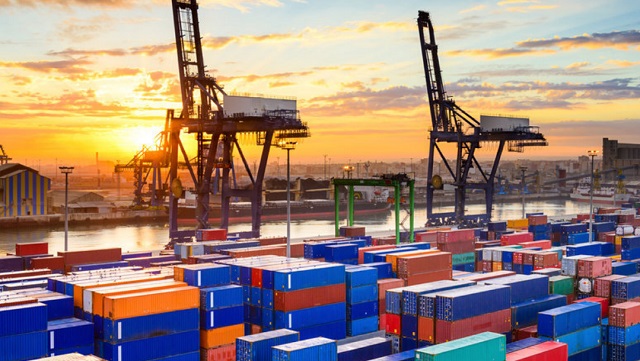
Full implementation of the African Continental Free Trade Agreement (AfCFTA) could increase FDI by up to 159%, with positive impacts for trade and incomes
| CHARLES DIETZ | Reforms set in motion by the implementation of the African Continental Free Trade Area (AfCFTA) could lead to a rise in foreign direct investment (FDI) that would boost incomes on the continent by 9% by 2035, according to a new report from the World Bank.
The AfCFTA is an ambitious project to form the world’s largest free trade area by creating a single market for goods and services across Africa – 54 of the continent’s 55 countries are signatories.
Limited trading under the AfCFTA began in January 2021, but achieving its full potential depends on significant policy reforms and trade facilitation measures across the signatory nations, for which negotiations are still ongoing.
The benefits
In 2020 a World Bank report estimated that the AfCFTA had the potential to raise income on the continent by 7% by 2035 and lift 40m people out of extreme poverty, mainly by spurring intraregional trade.
The new report builds on the earlier study by adding potential gains arising from greater flows of FDI under two possible scenarios – the “AfCFTA FDI broad scenario” and the “AfCFTA FDI deep scenario”.
The broad scenario incorporates the expected benefits of increased FDI resulting from the reforms to trade in goods and services. The deep scenario examines the additional gains that could result from expanding the agreement to harmonising policies on investment, competition, e-commerce, and intellectual property rights.
Africa could record an increase of 111% in FDI under the broad scenario and 159% under the deep scenario, says the report. Extreme poverty could fall by an additional 5m under the broad scenario and by an additional 10m under the deep scenario.
Other potential benefits of the AfCFTA highlighted by the report include; higher-paid, better-quality jobs, with wage rises of 11.2% for women and 9.8% for men by 2035, albeit with regional variations depending on the industries that expand the most in specific countries.
Under deep integration, Africa’s exports to the rest of the world could rise by 32% by 2035, while intra-African exports could grow by 109%, led by manufactured goods.
“The conclusion of negotiations is critical,” says the report. “Increasing the role of the African private sector and generating greater grassroots support for the AfCFTA, going beyond government leadership, are also crucial.”
Meanwhile, last month, the board of directors of the African Export-Import Bank (Afreximbank) renewed their approval of a $1bn facility to operationalise the AfCFTA Adjustment Funds.
The AfCFTA Adjustment Fund supports AfCFTA member states in adjusting to the new liberalised and integrated trading environment established under the AfCFTA. It consists of a base fund, a general fund and a credit fund.
The base fund will consist of contributions from state parties, grants and technical assistance funds to address tariff revenue losses as tariffs are progressively eliminated.
It will also support countries to implement various provisions of the AfCFTA agreement, its protocols and annexes. Afreximbank also approved a grant funding for $10m to seed the base fund.
The general fund will mobilise concessional funding, while the credit fund will mobilise commercial funding to support both the public and private sectors, enabling them to adjust and take advantage of the opportunities created by the AfCFTA.
The funding required under the Adjustment Funds is estimated at $8-10bn.
“The endorsement by the Afreximbank Board brings the continent closer to operationalising the AfCFTA Adjustment Funds before the end of 2022. We urge other development partners and financial institutions to provide additional resources required under the Adjustment Funds to support the implementation of the AfCFTA,” commented Wamkele Mene, secretary general of the AfCFTA Secretariat.
****
Source: African Business
 The Independent Uganda: You get the Truth we Pay the Price
The Independent Uganda: You get the Truth we Pay the Price





